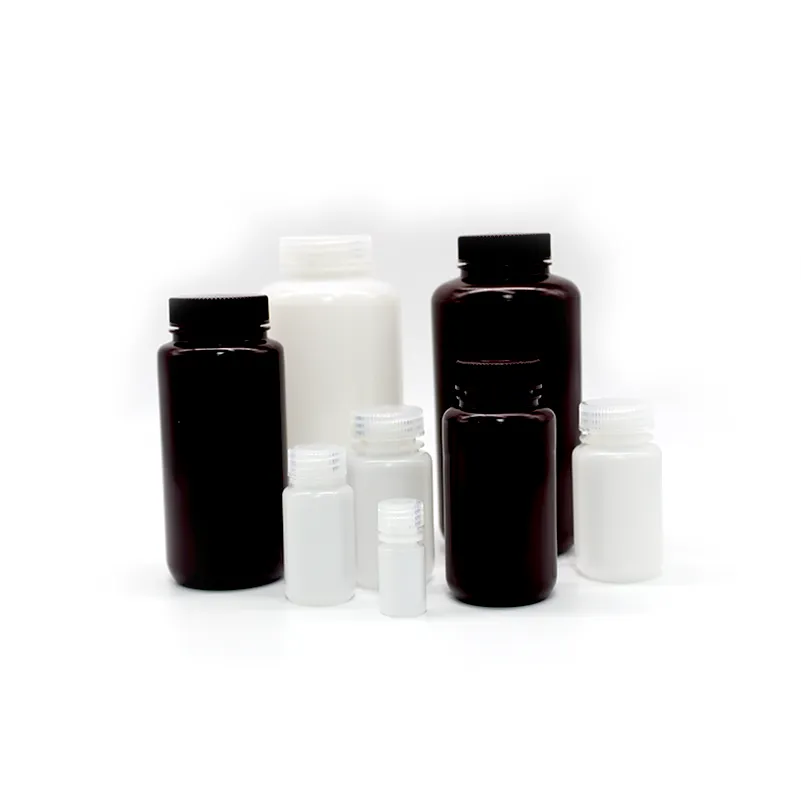https://www.wahmg.com/)">
Sustainable Alternatives to Single-Use Plastic Juice Bottles for a Greener Future
Sustainable Alternatives to Single-Use Plastic Juice Bottles for a Greener Future
The Impact of Disposable Plastic Juice Bottles
In today’s consumer-driven society, convenience often prevails over environmental considerations. One glaring example of this phenomenon is the prevalence of disposable plastic juice bottles. These single-use containers, designed for convenience, have become a staple in many households, but their impact on our environment and health cannot be overlooked.
The Convenience Factor
Disposable plastic juice bottles offer unparalleled convenience. They are lightweight, portable, and often designed for single servings, making them perfect for on-the-go consumption. For busy individuals and families, these characteristics make them an appealing option for breakfast on the run, lunch boxes, or refreshing beverages during outdoor activities. Unfortunately, this convenience comes at a significant cost to the environment.
Environmental Consequences
The production and disposal of plastic juice bottles contribute significantly to environmental degradation. The vast majority of these bottles are made from polyethylene terephthalate (PET), a type of plastic that is derived from petroleum. The production process not only depletes natural resources but also emits greenhouse gases, exacerbating climate change. Furthermore, the lifecycle of a plastic bottle contributes to the problem for every ton of PET produced, approximately three tons of CO2 are released into the atmosphere.
Once consumed, these bottles rarely find their way back into the recycling process. In fact, statistics show that only about 30% of plastic bottles are recycled globally. The rest end up in landfills, where they can take hundreds of years to decompose. During this time, they break down into microplastics that can contaminate soil, water, and ultimately enter the food chain, posing serious health risks to both wildlife and humans.
disposable plastic juice bottles

Health Concerns
Aside from environmental implications, there are also rising concerns regarding the health effects of chemicals found in plastic. Certain plastics can leach harmful substances into the liquids they contain, particularly when subjected to heat or when they are stored for long periods. Chemicals such as bisphenol A (BPA) and phthalates, often found in plastics, are known endocrine disruptors that can interfere with hormonal functions. As juice is often perceived as a healthy beverage choice, the potential contamination of fruit juices with these chemicals raises serious health questions for consumers.
Towards Sustainable Solutions
Addressing the issues associated with disposable plastic juice bottles requires a multi-faceted approach. Consumers are encouraged to seek alternatives to single-use plastics. Many companies are starting to offer juice in glass bottles or larger, reusable containers, allowing customers to enjoy their beverages without contributing to plastic waste. The increased popularity of juice subscription services that deliver fresh juice in reusable containers is another step towards sustainability.
Governments and businesses must also play a crucial role in combating this issue. Implementation of stricter regulations around plastic production and waste, as well as incentives for recycling programs, are essential for reducing the number of disposable bottles entering landfills and our environment. Public awareness campaigns can educate consumers about the importance of choosing sustainable products and recycling.
Conclusion
The convenience associated with disposable plastic juice bottles comes at a significant cost. From environmental degradation and health risks to the challenges of waste management, the consequences of relying on these products are profound. It is imperative for consumers, businesses, and governments to work together towards sustainable alternatives. By making conscious choices and advocating for change, we can reduce our reliance on disposable plastics and move towards a more sustainable future. As we enjoy our juice, let’s remember our responsibility to the planet and future generations.
-
Wholesale Plastic Juice Bottles with Caps 16 oz Options Available Bulk Packaging SolutionsNewsJun.10,2025
-
Laboratory Apparatus Reagent Bottle – Durable & Chemical Resistant Bottles for Safe StorageNewsJun.10,2025
-
Squeezable Dropper Bottles Durable, Leak-Proof & CustomizableNewsMay.30,2025
-
Affordable Plastic Petri Plates Sterile & Disposable Lab-GradeNewsMay.30,2025
-
Eye Dropper Caps Precision 24/410 & Plastic Bottle-Compatible TipsNewsMay.30,2025
-
Affordable Mini Spray Bottle Price & Wholesale Deals Shop NowNewsMay.29,2025





















